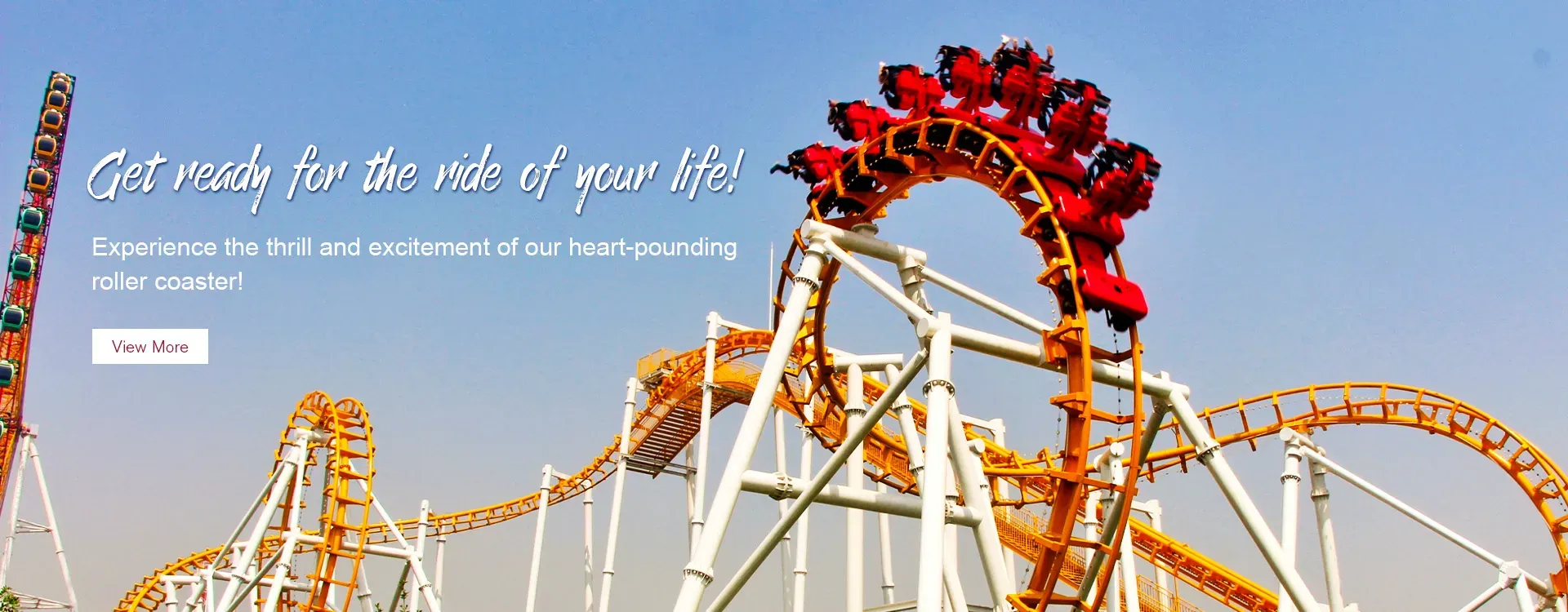- Albanian
- Arabic
- Belarusian
- Bengali
- Czech
- English
- French
- German
- Hebrew
- Hungarian
- Indonesian
- irish
- Italian
- Japanese
- kazakh
- Persian
- Russian
- Thai
- Uzbek
- Vietnamese
rollercoaster manufacturers
The Evolution of Roller Coaster Manufacturers A Thrilling Ride Through Innovation
Roller coasters have become emblematic of amusement parks worldwide, drawing millions of visitors eager for an adrenaline rush. The evolution of roller coaster manufacturers has played a pivotal role in shaping the ride experiences we enjoy today, blending engineering prowess with creative designs that push the limits of physics and thrill-seeking.
A Brief History of Roller Coaster Manufacturers
The origins of roller coasters date back to the early 17th century with simple wooden structures in Russia, often referred to as Russian Mountains. However, it was not until the late 19th century that commercial roller coasters emerged in America, setting the stage for a burgeoning industry. Early manufacturers like the Philadelphia Toboggan Company (PTC), founded in 1904, were key players, creating some of the first successful wooden coasters that defined the era.
As technology advanced, so did the designs. The introduction of steel coasters in the 1970s, pioneered by manufacturers like Intamin and Arrow Dynamics, revolutionized the industry. These companies leveraged innovative materials and engineering techniques, allowing for faster, more intricate designs that would not have been possible with traditional wooden structures. Steel coasters quickly gained popularity for their smooth rides and the ability to perform complex inversions, bringing a wave of new thrill-seekers to amusement parks.
Key Players in the Industry
Today, the roller coaster manufacturing landscape is populated by several key players, each known for their signature styles and innovative technologies. Among the most notable is Intamin, founded in 1967. This Swiss company has crafted some of the world's most iconic coasters, including the record-breaking Tallest and Fastest coasters that continue to set benchmarks in the industry.
rollercoaster manufacturers

Another significant manufacturer is Bolliger & Mabillard (B&M), established in 1988. B&M is renowned for its smooth ride experiences and is a pioneer of suspended and inverted coasters. Their attention to detail and commitment to rider comfort has earned them a devoted following among amusement park enthusiasts. Attractions like Fury 325 and Shambhala showcase the company's dedication to engineering excellence.
Then there’s the rapidly rising manufacturer, RMC (Rocky Mountain Construction), known for its hybrid coasters that combine wooden structures with steel elements. This innovative approach has resurrected many older wooden coasters, transforming them into exhilarating rides that feature inversions and airtime hills. Their unique designs have revolutionized the way parks think about rebranding existing rides.
Trends and Future Innovations
As we look to the future, roller coaster manufacturers are incorporating cutting-edge technology to enhance rider experiences. Virtual reality integration, launched by companies like VR Coaster, provides a completely immersive experience that can transform a traditional ride into a captivating adventure. Additionally, the trend towards more sustainable practices is becoming prominent, with manufacturers focusing on energy-efficient designs and materials.
The emergence of augmented reality and magnetic propulsion technology is also on the horizon, promising to redefine what thrill rides can be. These innovations will not only enhance the aesthetic and thrilling aspects of roller coasters but also ensure the safety and comfort of riders.
Conclusion
The roller coaster manufacturing industry is a dynamic and evolving field that reflects broader trends in technology and entertainment. With pioneering companies continuing to push the envelope of creativity and engineering, the future of roller coasters promises even more thrilling experiences for generations to come. Whether it's a classic wooden coaster or a cutting-edge steel marvel, the commitment of these manufacturers ensures that the thrill of the ride will endure, inspiring new waves of thrill-seekers to seek adventure in amusement parks around the globe.
-
Flume Ride: Thrilling Water-Based Adventure | Hebei Zhipao Amusement Equipment Manufacturing Co., Ltd.Aug.01,2025
-
Flume Ride-Hebei Zhipao Amusement Equipment Manufacturing Co., Ltd.|Thrilling Water Attraction&NIST Safety StandardsAug.01,2025
-
Double Ferris Wheel Sale | Premium Custom RidesJul.31,2025
-
Flume Ride-Hebei Zhipao|Water-Based Attraction, Safety Standards, High-Speed DescentJul.31,2025
-
Flume Ride: Thrilling Water-Based Adventure & Advanced Engineering - Hebei ZhipaoJul.31,2025
-
Flume Ride-Hebei Zhipao Amusement Equipment Manufacturing Co., Ltd.|Thrilling Water Attraction&Customizable DesignJul.30,2025
